Remember when those wanting a fast small BMW just went and bought an M3?
Some might crave the simplicity of such innocent times but the world is now a far more complex, not to mention complicated, place and quick, compact BMWs are no exception.
The traditional two-door M3 isn’t even an M3 any more but an M4, and while for decades there has usually been an Alpina alternative for the more eclectically minded, the Buchloe brand has always kept a respectful conceptual distance between the two.
Read what we made of the muscular BMW M235i coupé in this road test
No longer: Alpina’s brand-new B4 is priced to within £200 of this M4 and has a 0-62mph time within 0.1sec, a weight within 3kg and a 3.0-litre twin-turbo straight six engine with an identical capacity.
Spurred by recent successes, Alpina has never been bolder, nor bitten so hard upon the hand that has fed it donor vehicles for almost half a century.
And what is this, standing meekly in the shadows of these twin titans? It’s yet another BMW two-door coupé, also with M badges and, yes, a 3.0-litre turbo motor of exactly the same origin as the other two.
As we shall see, there are many differences between the three cars here but clearly none so great as this: although the B4 Biturbo and a paddle-equipped M4 are priced either side of the £59,000 mark, the M235i costs just a little more than £34,000.
You could buy it and an entire other 3-series before reaching the price of either of the others, a £25,000 gulf that only an extraordinary leap in ability and entertainment could justify.
So we’ll start here first. Parked with its glamorous companions, it looks very much the annoying tag-along little sibling. It’s presentable enough in isolation, but compared with its sleek sisters, the M235i looks dumpy, awkward and under-dressed on its 18-inch rims.
Its cabin is based on the same architecture (as indeed is the entire car, albeit with an abbreviated wheelbase) but even once you take into account the optional piano black and carbonfibre fillets fitted to the B4 and M4 respectively, it’s a lot less luxurious in here.
Even so, room in the rear is better than you’d expect: it’s cramped if you’re an average-sized adult but you’ll keep the blood flowing to your feet on short journeys and not much more can be said for the other two with their thicker, more space-inefficient front seats.


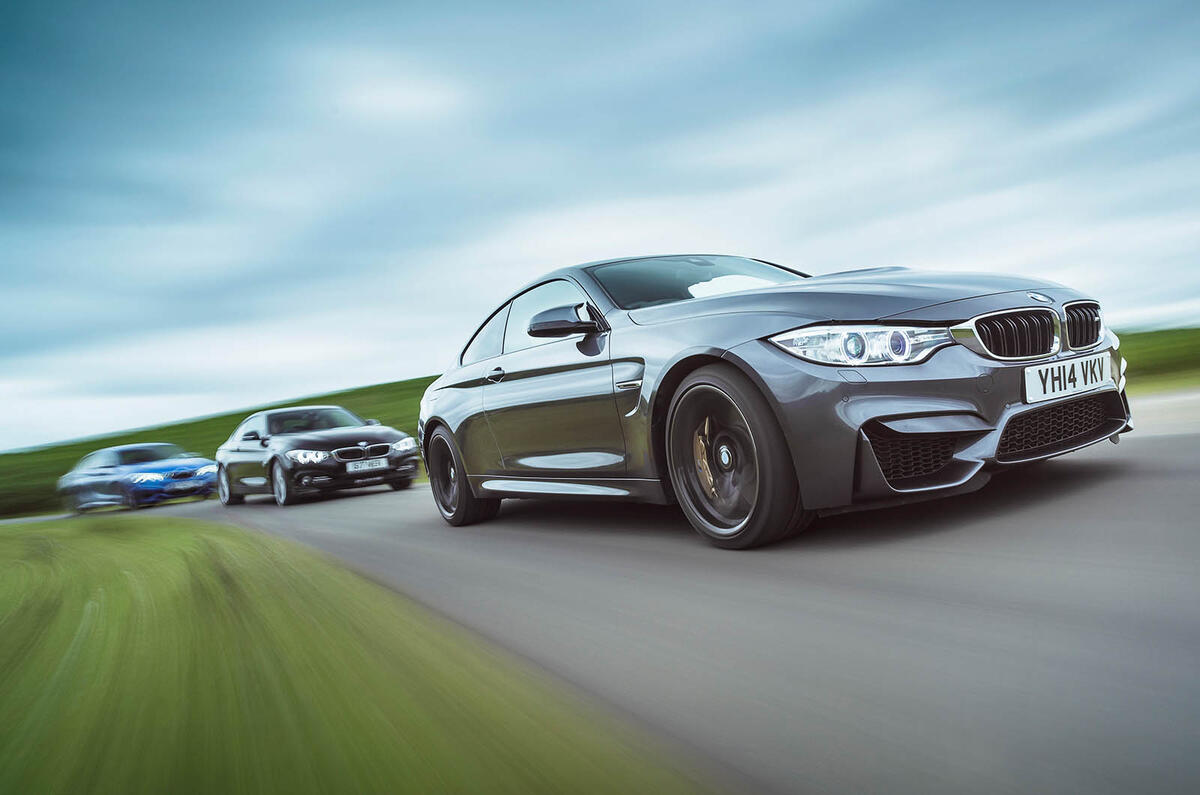
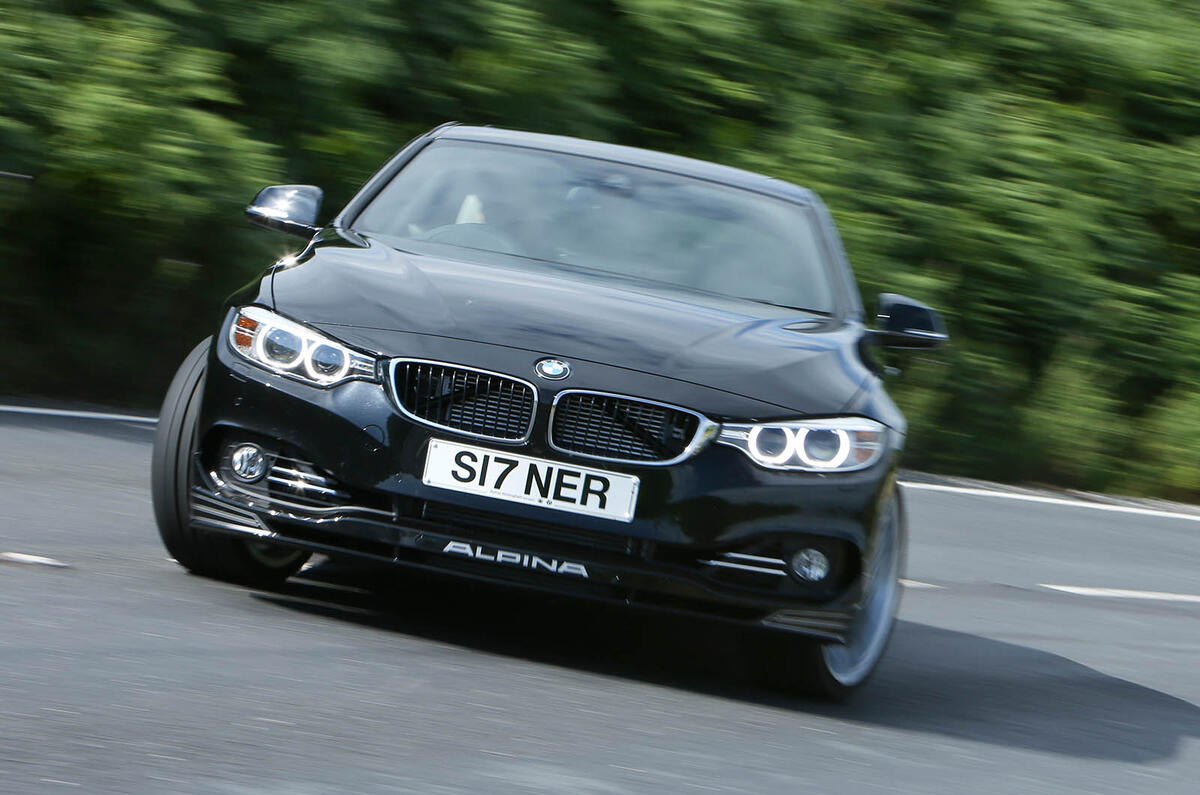
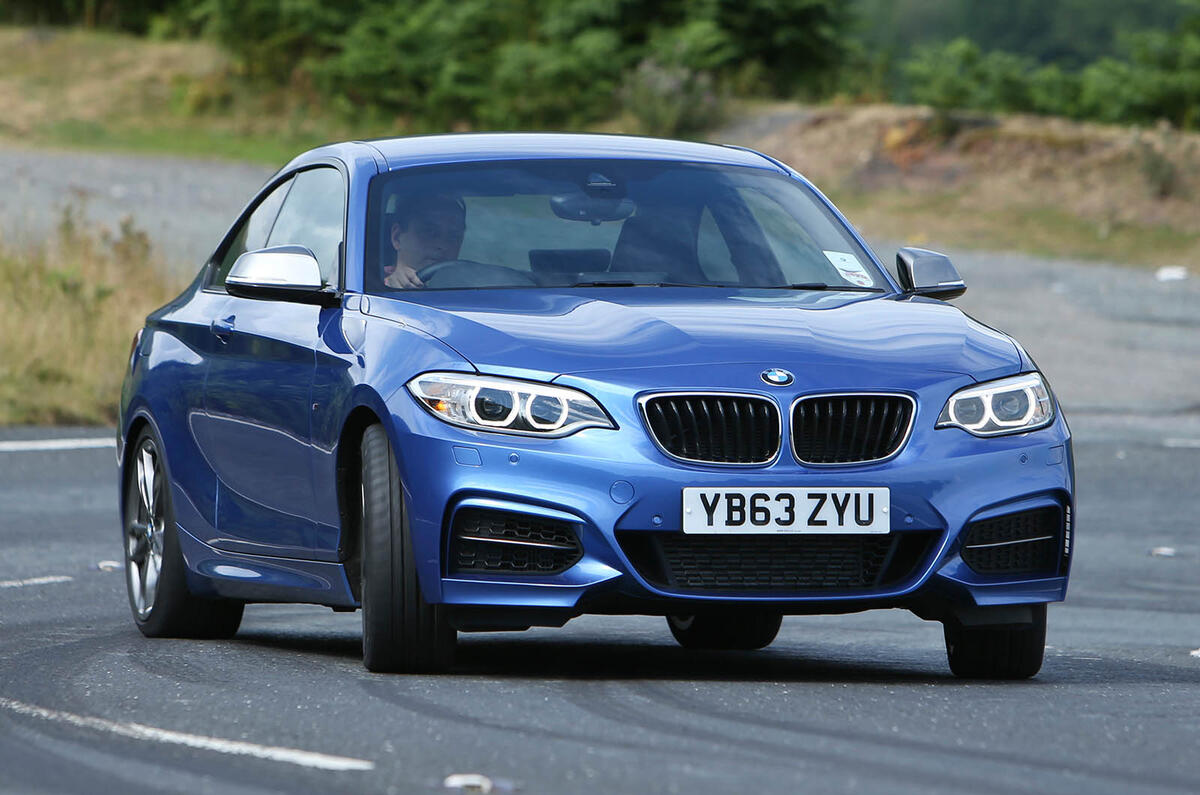
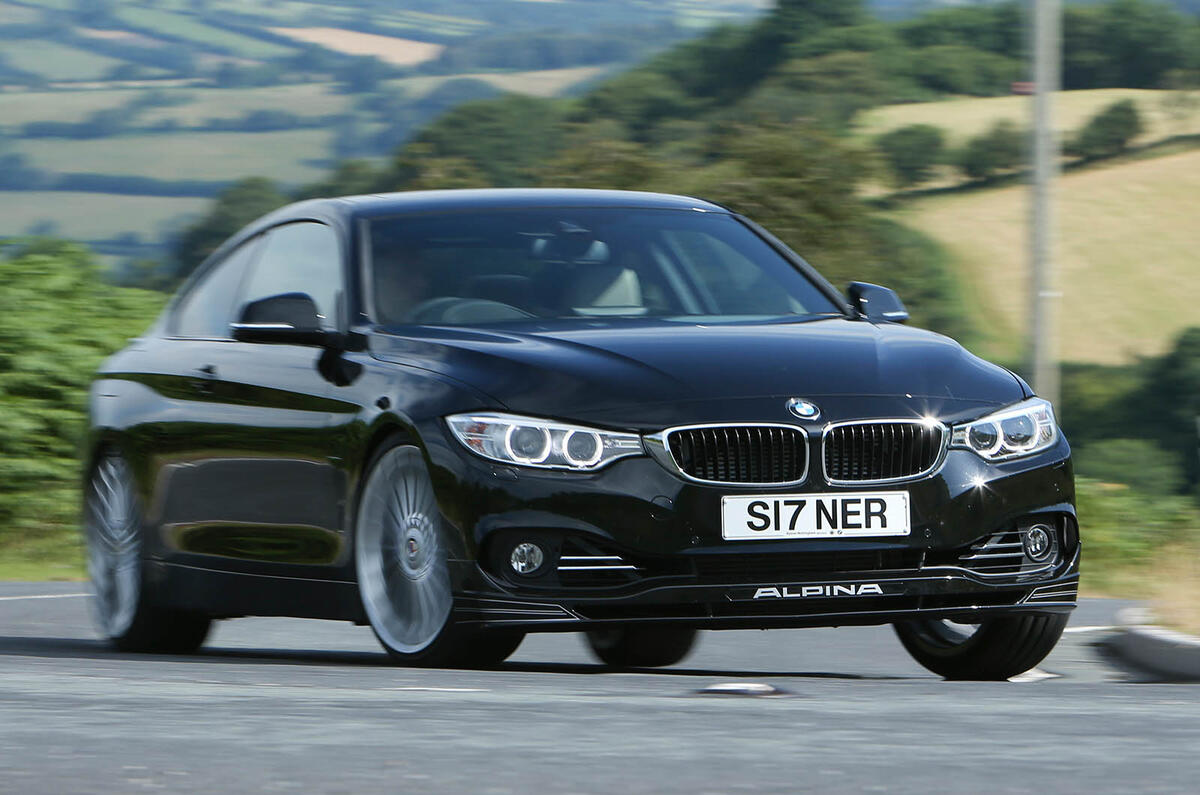
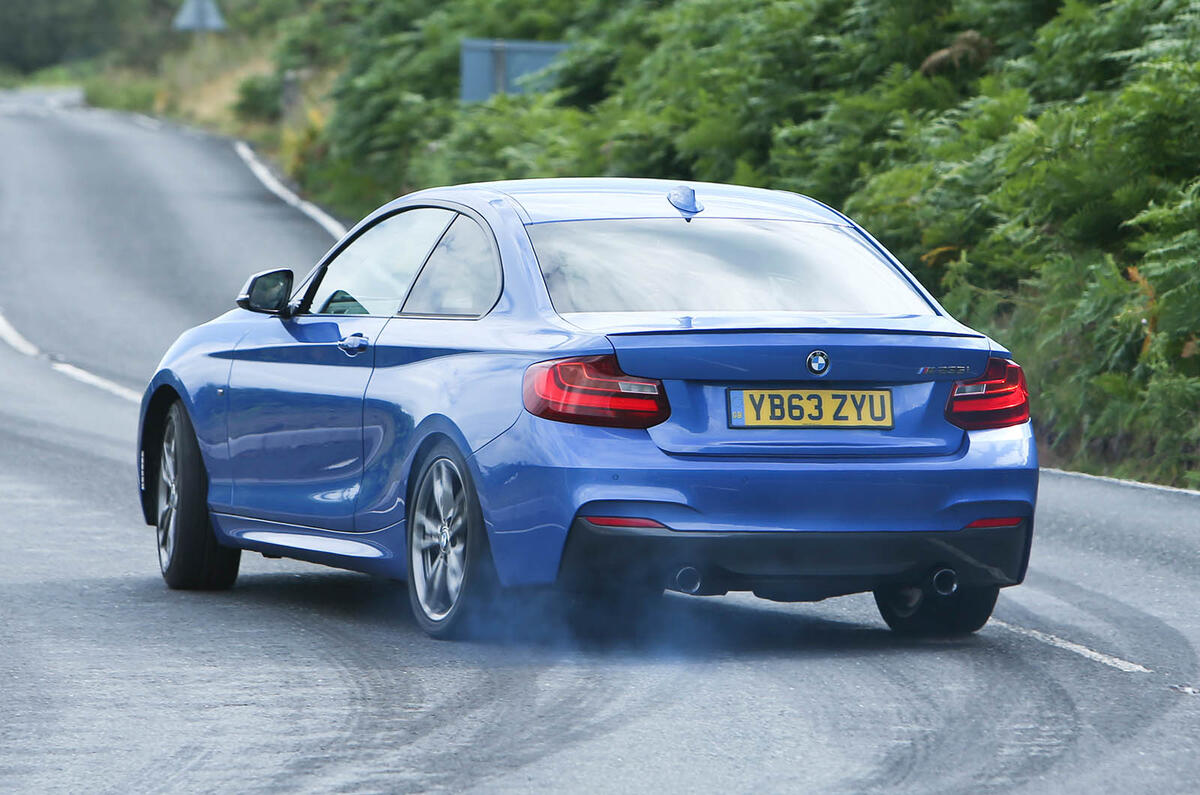
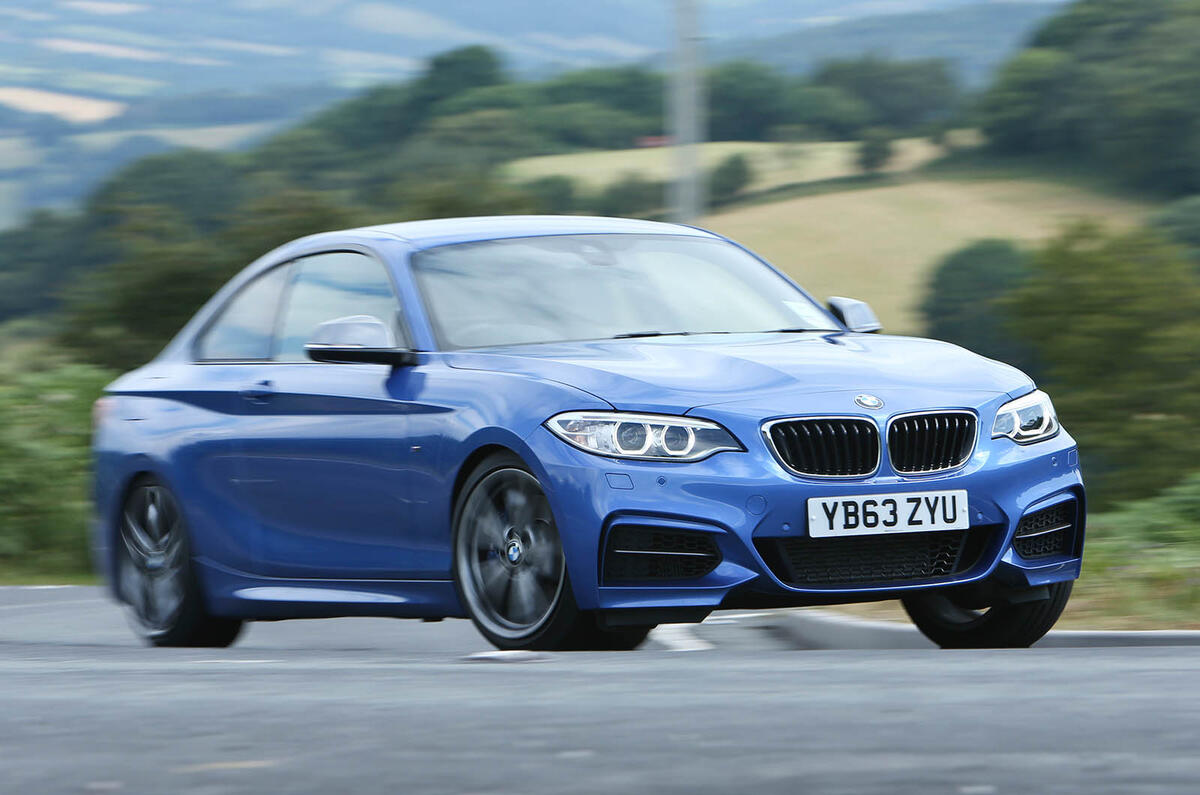

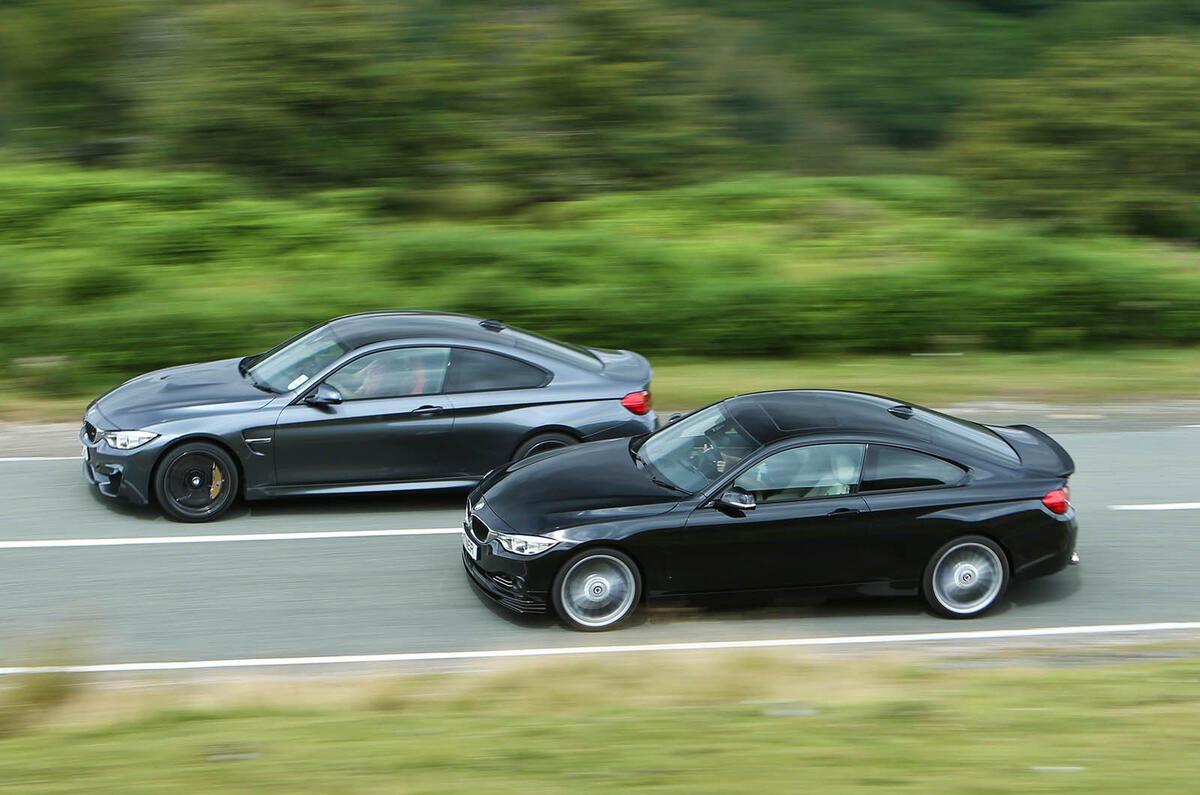

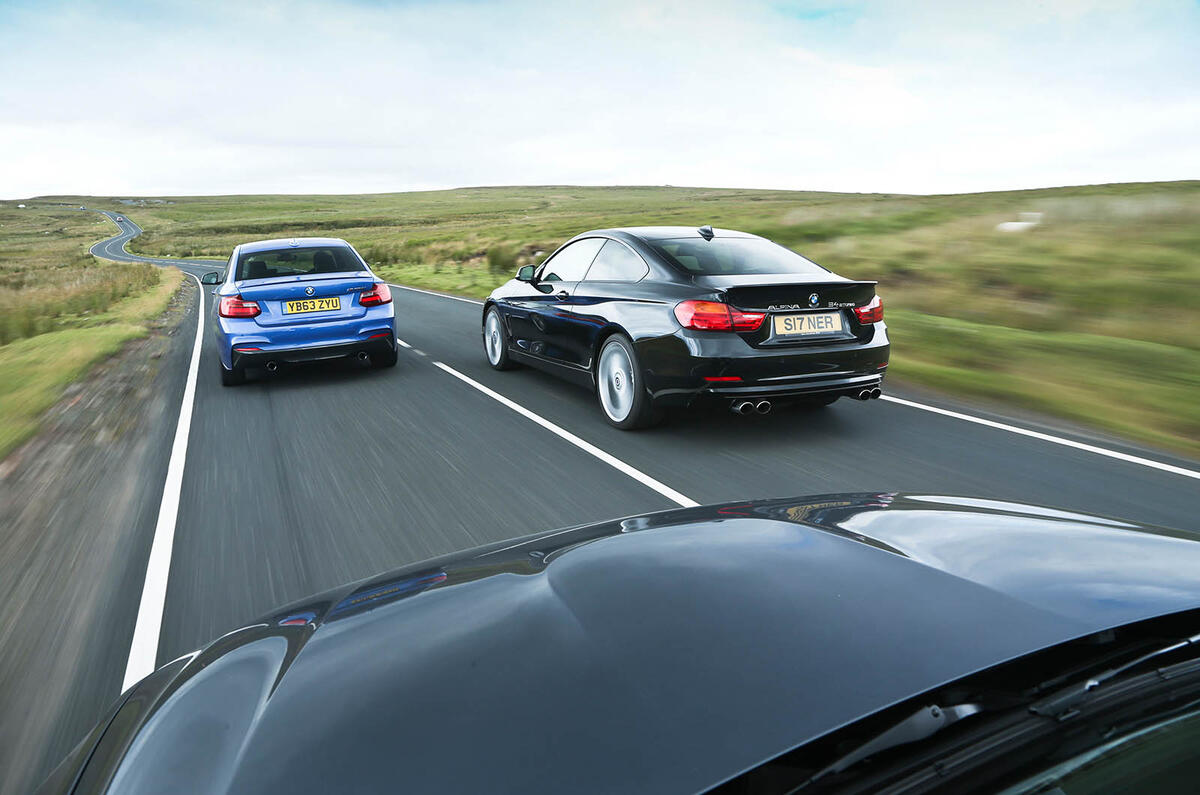
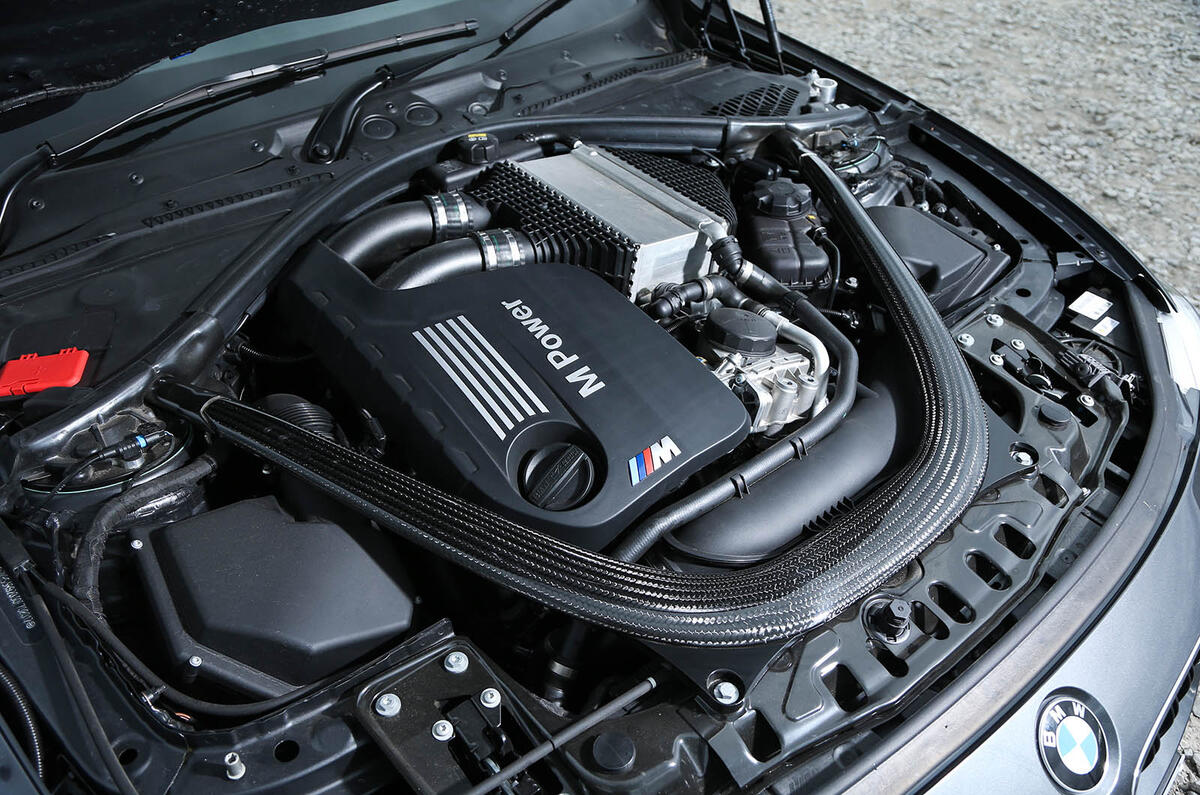
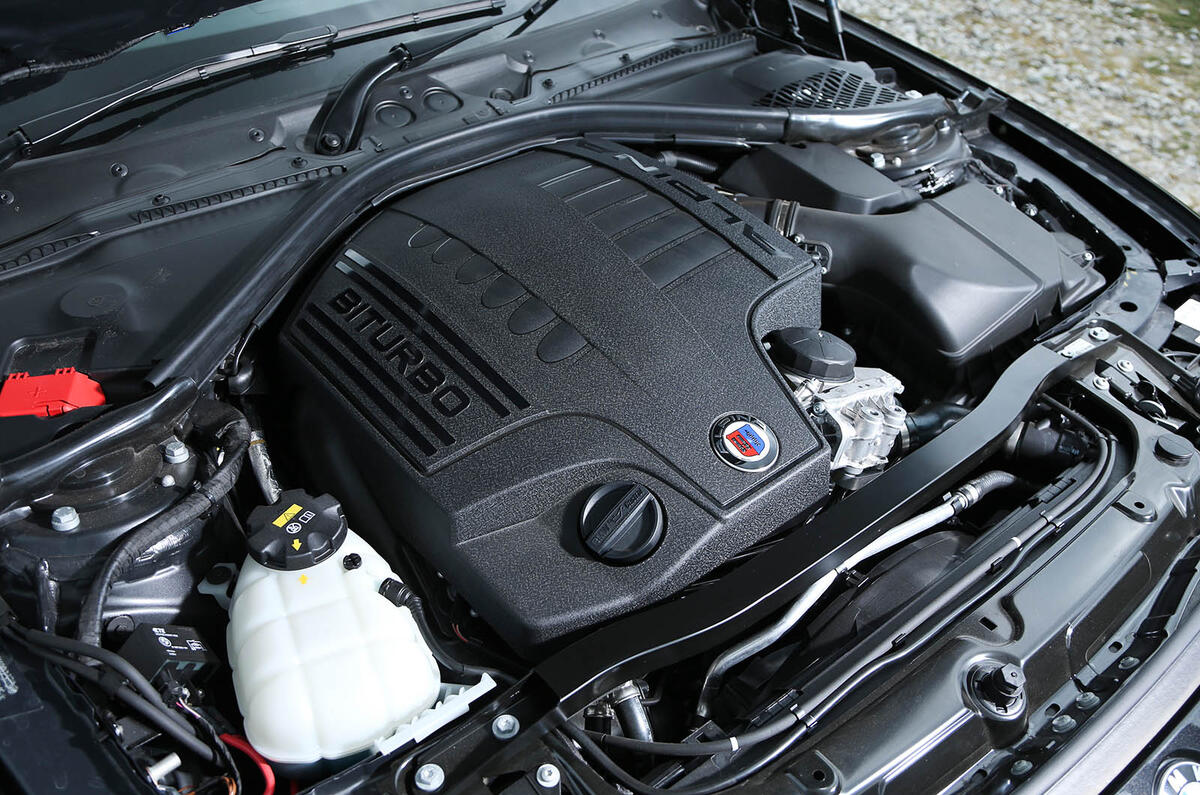
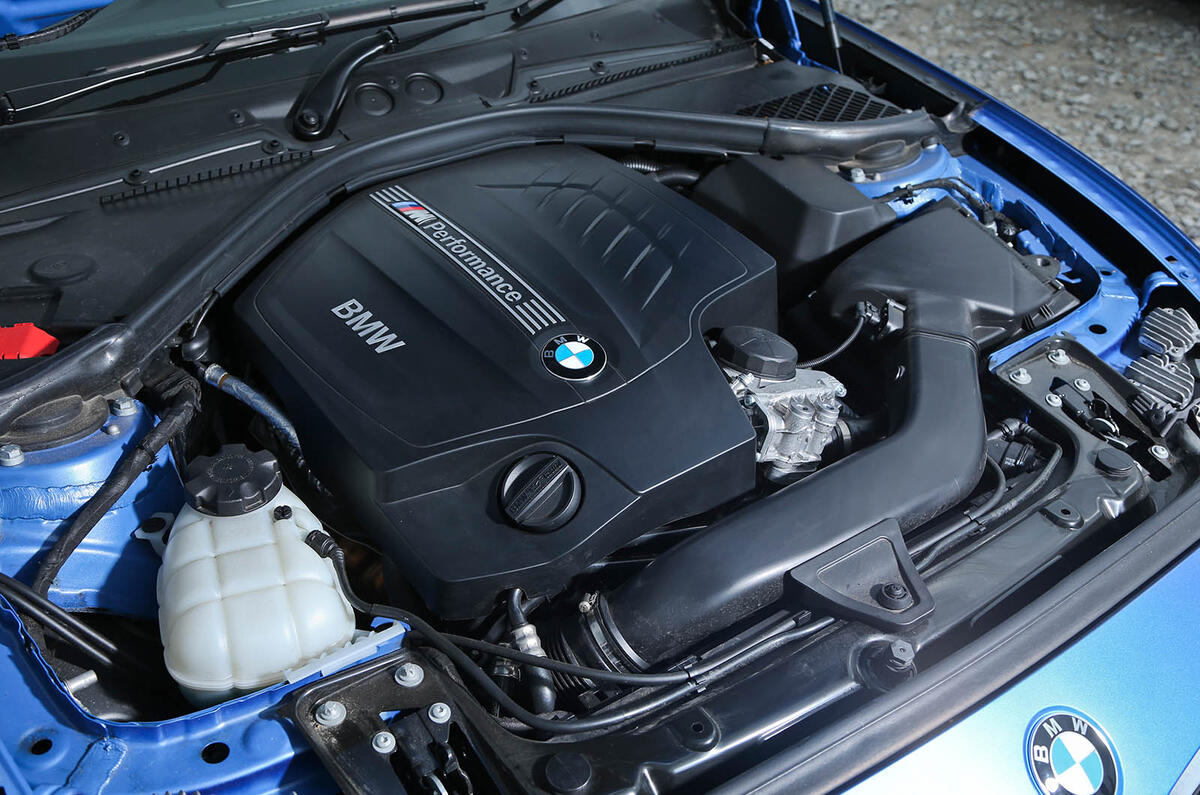
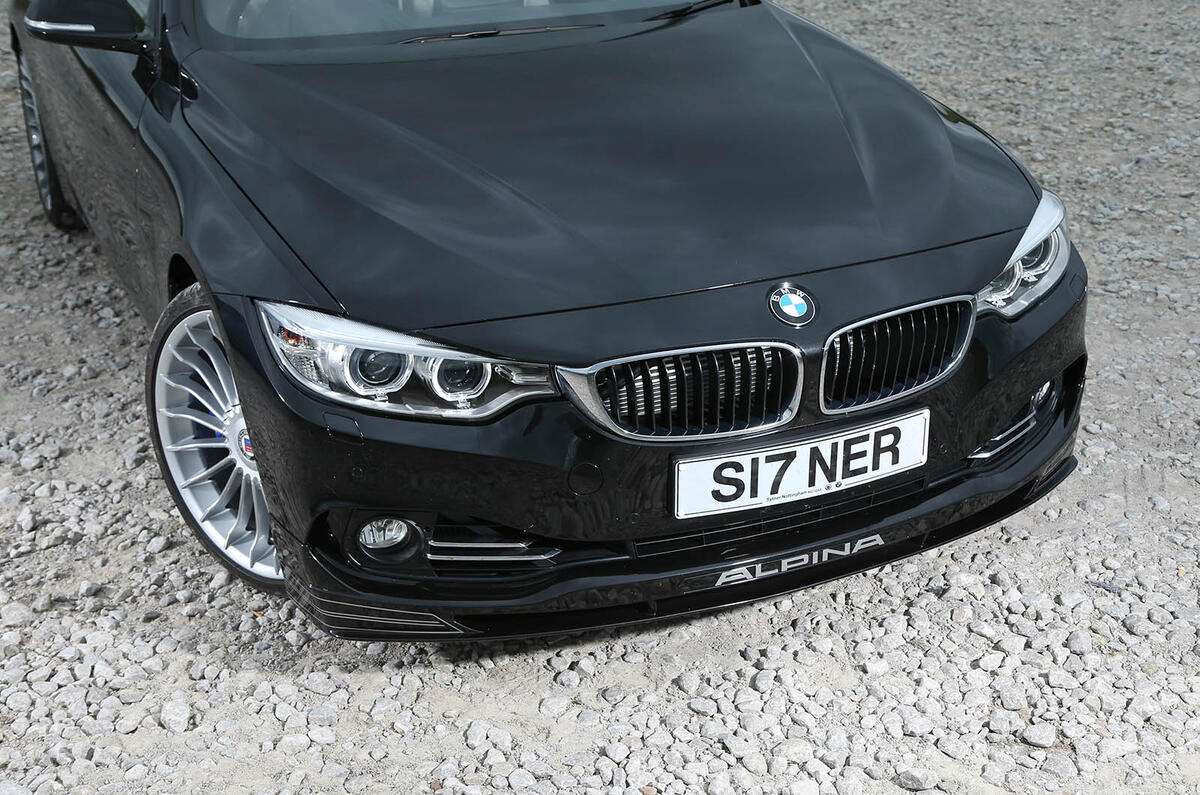

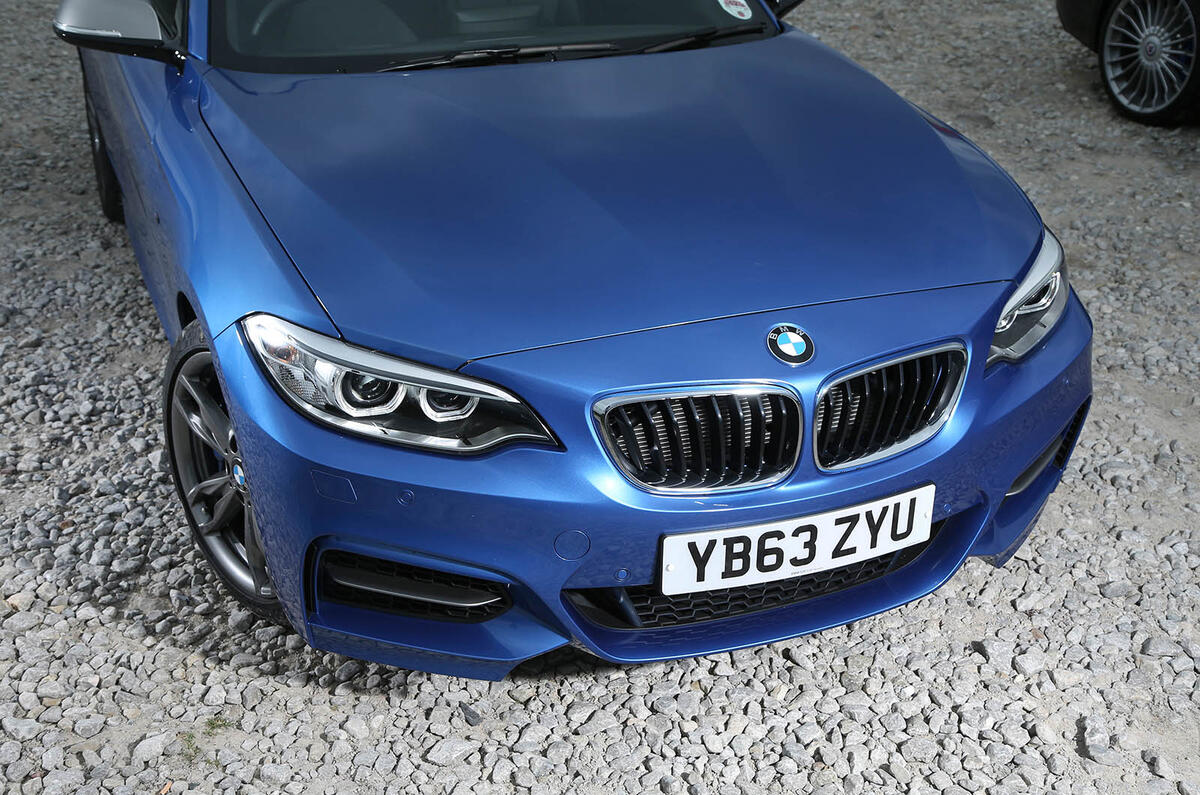
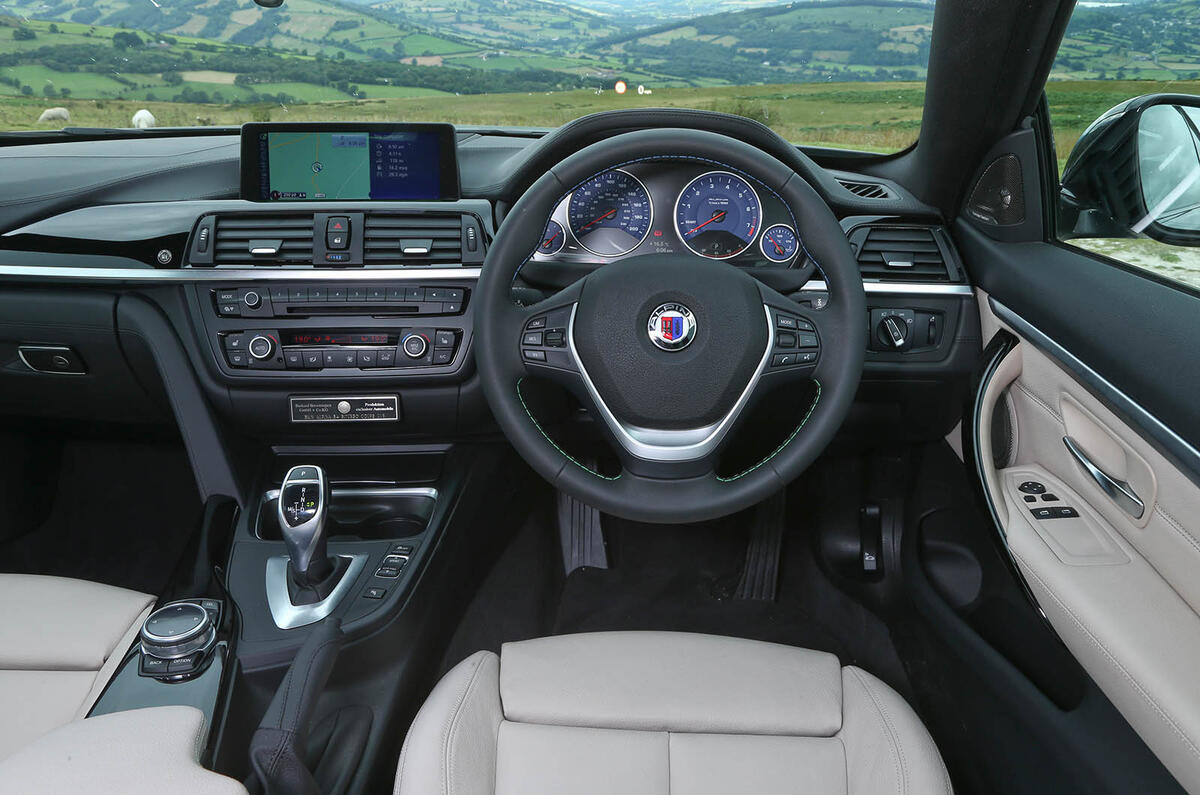
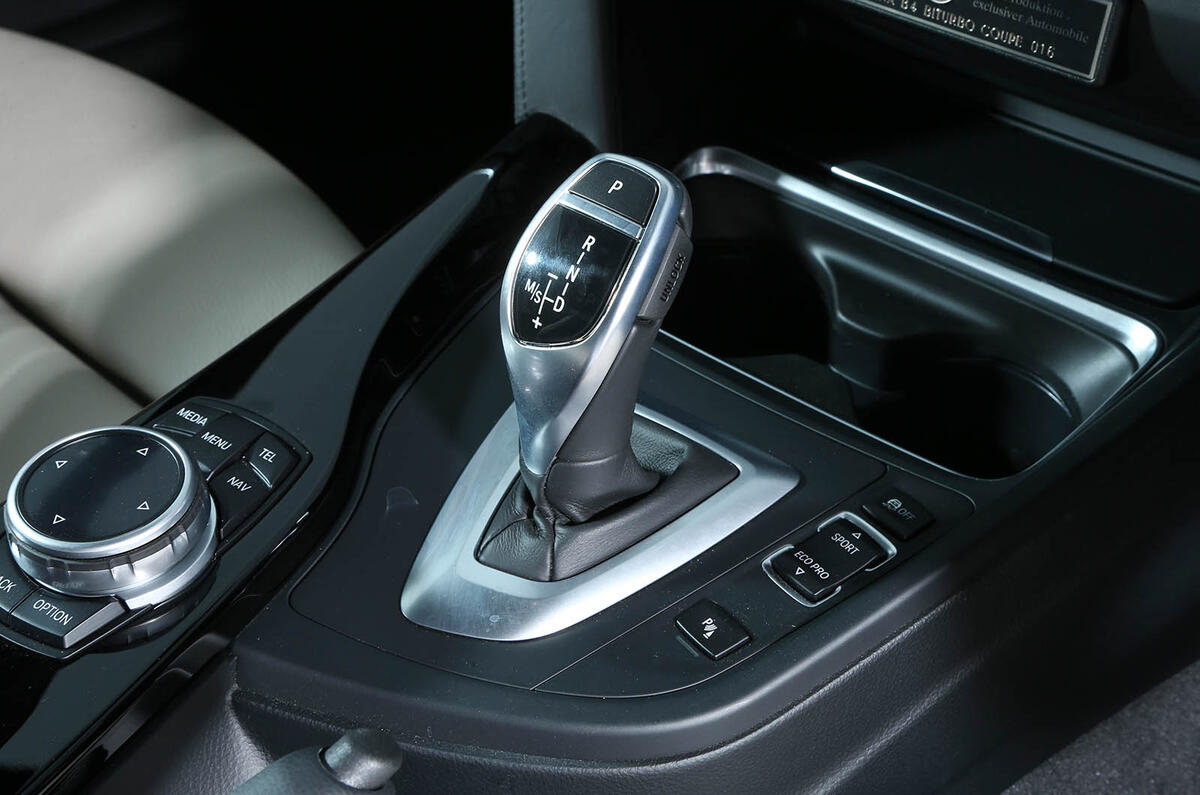
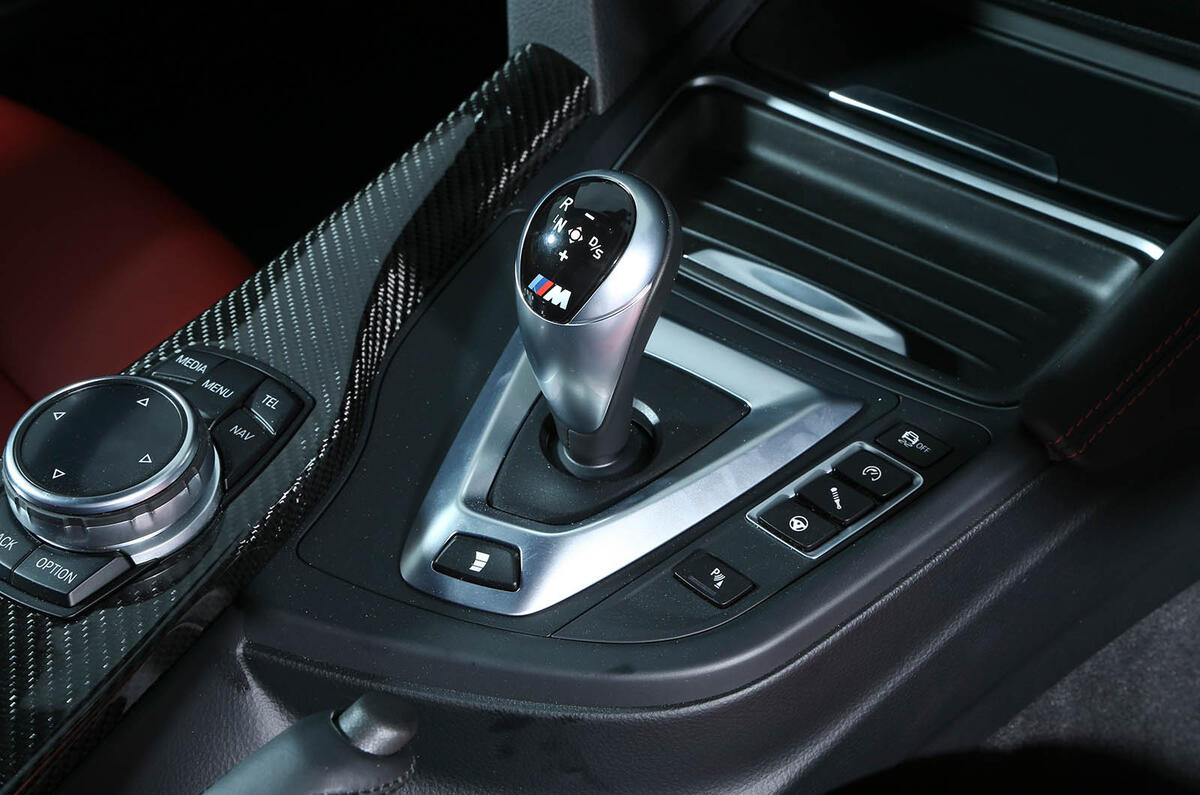
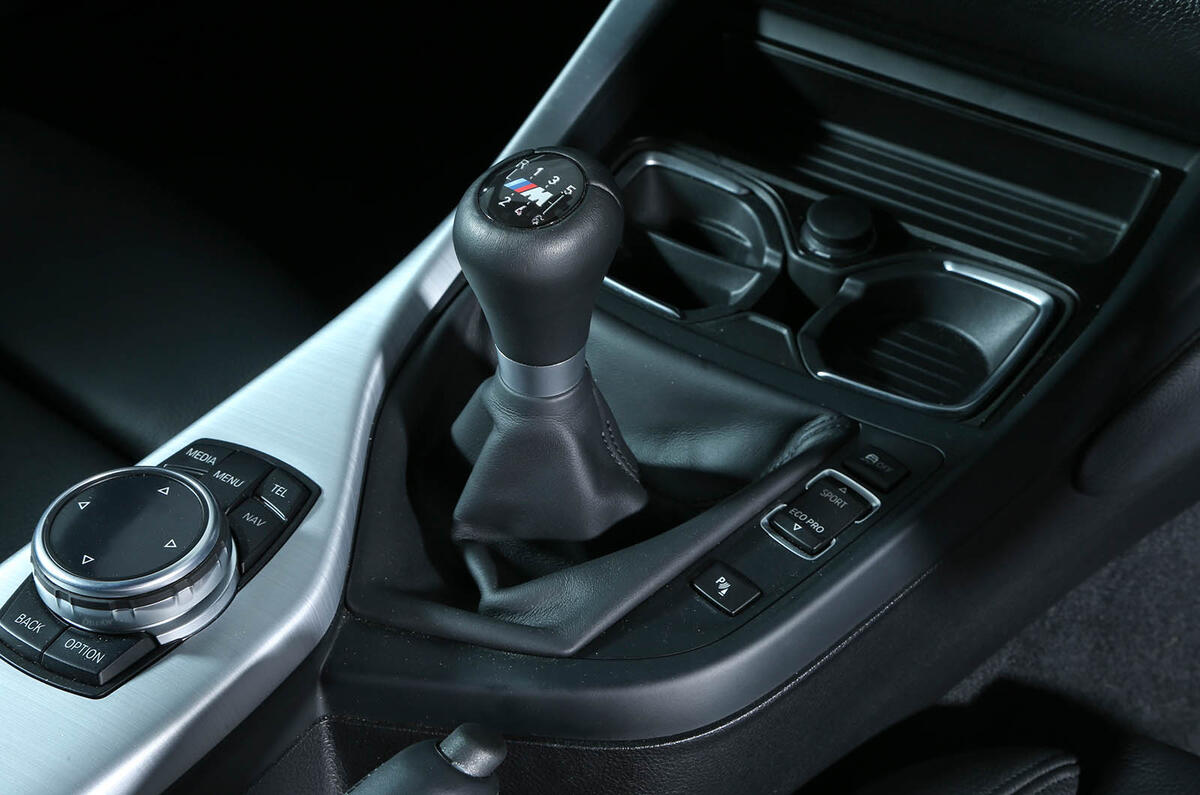
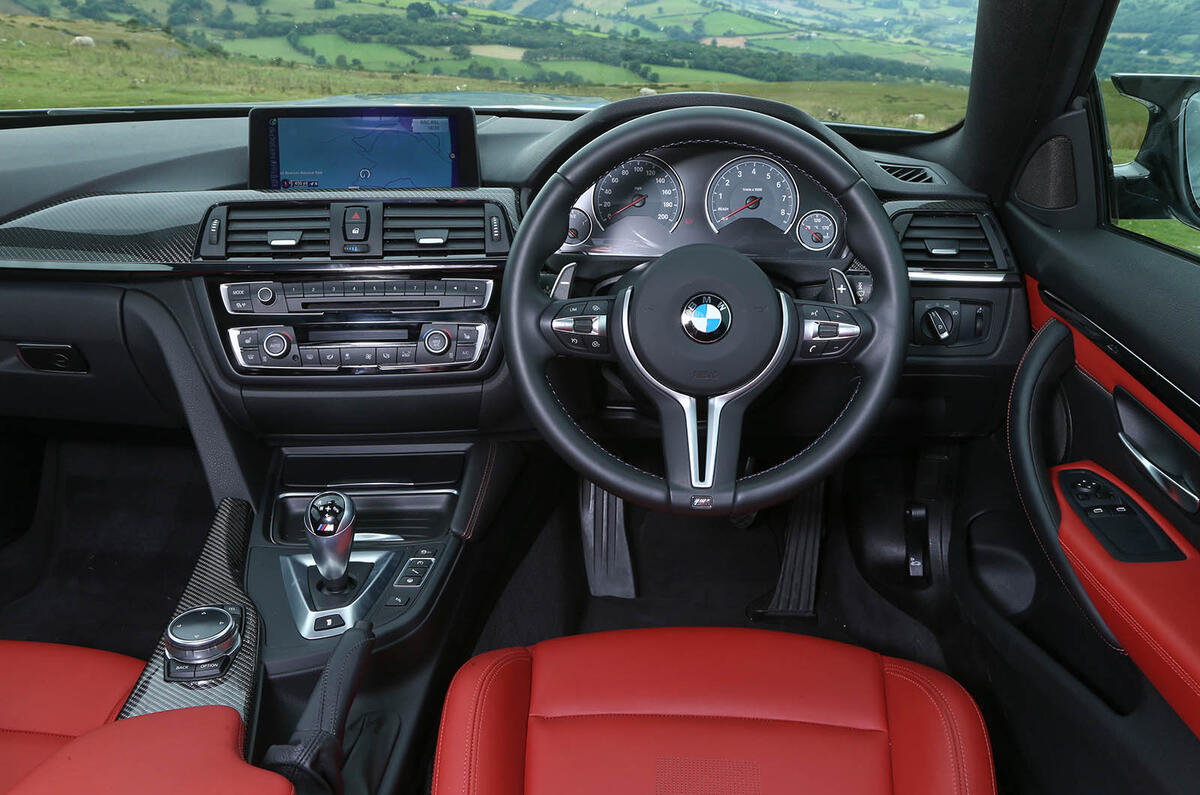
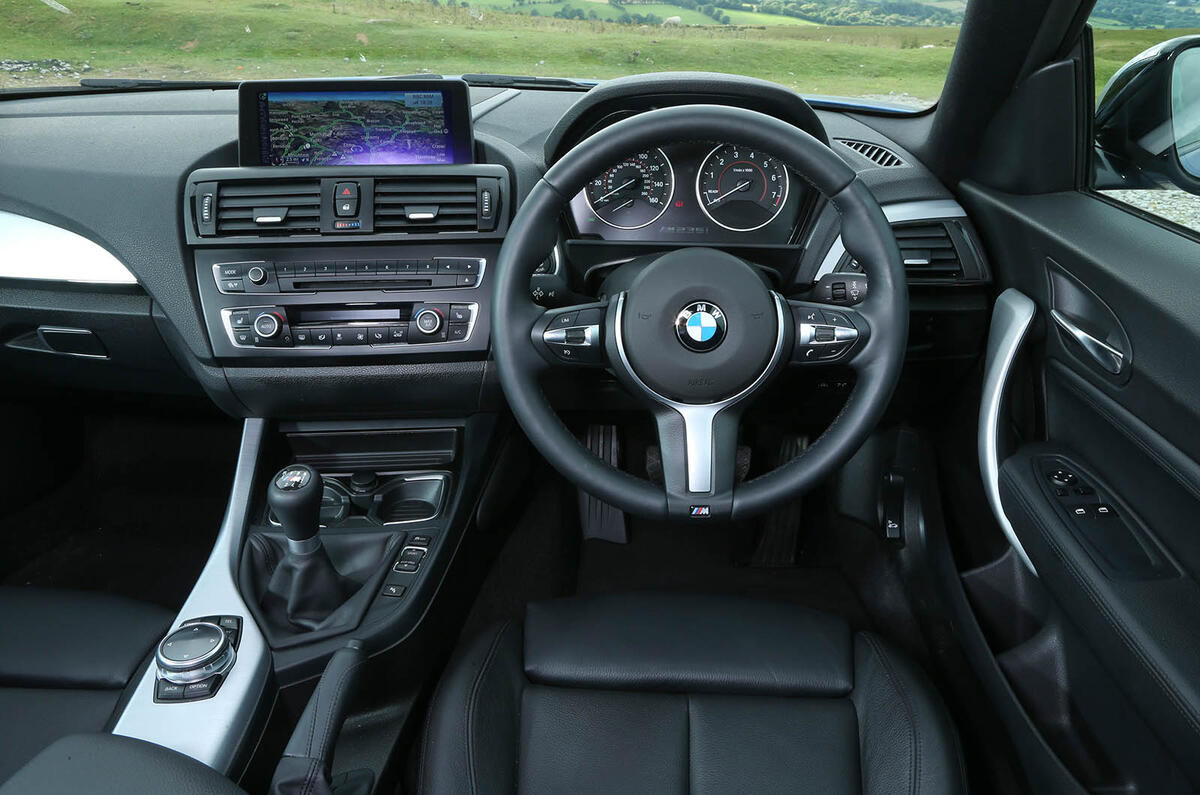
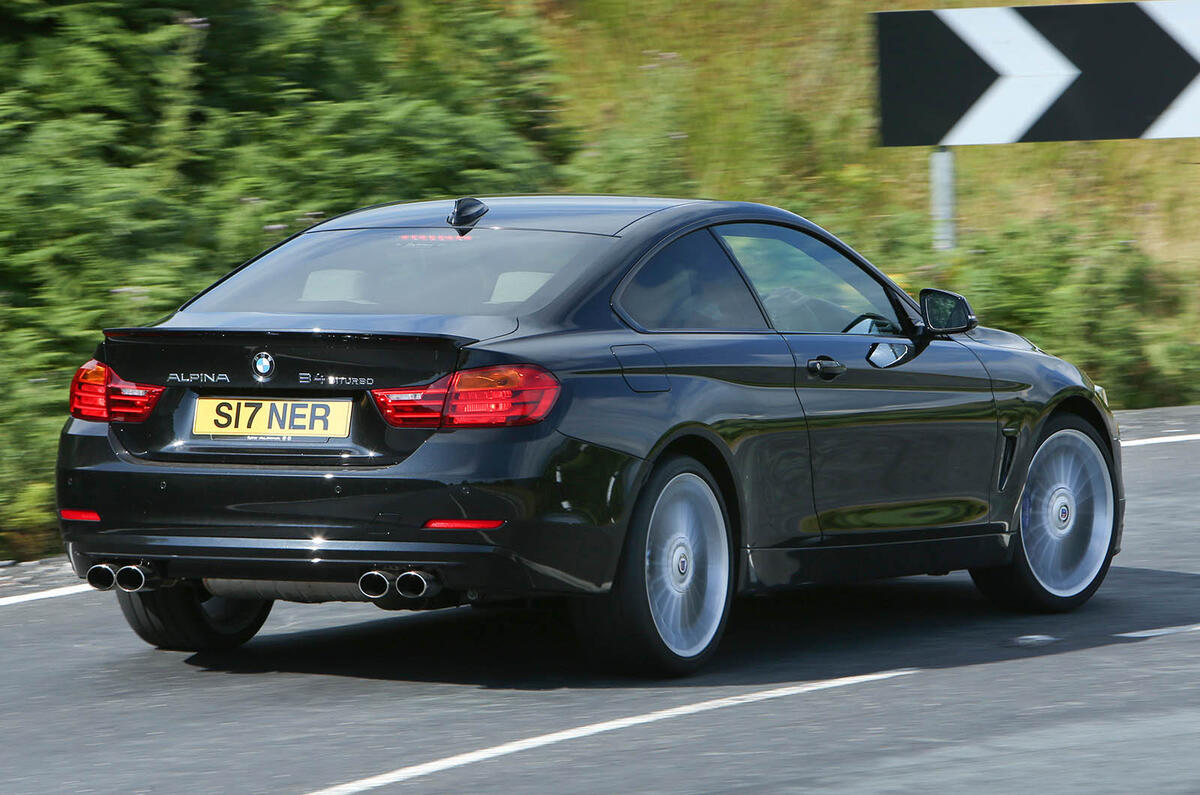
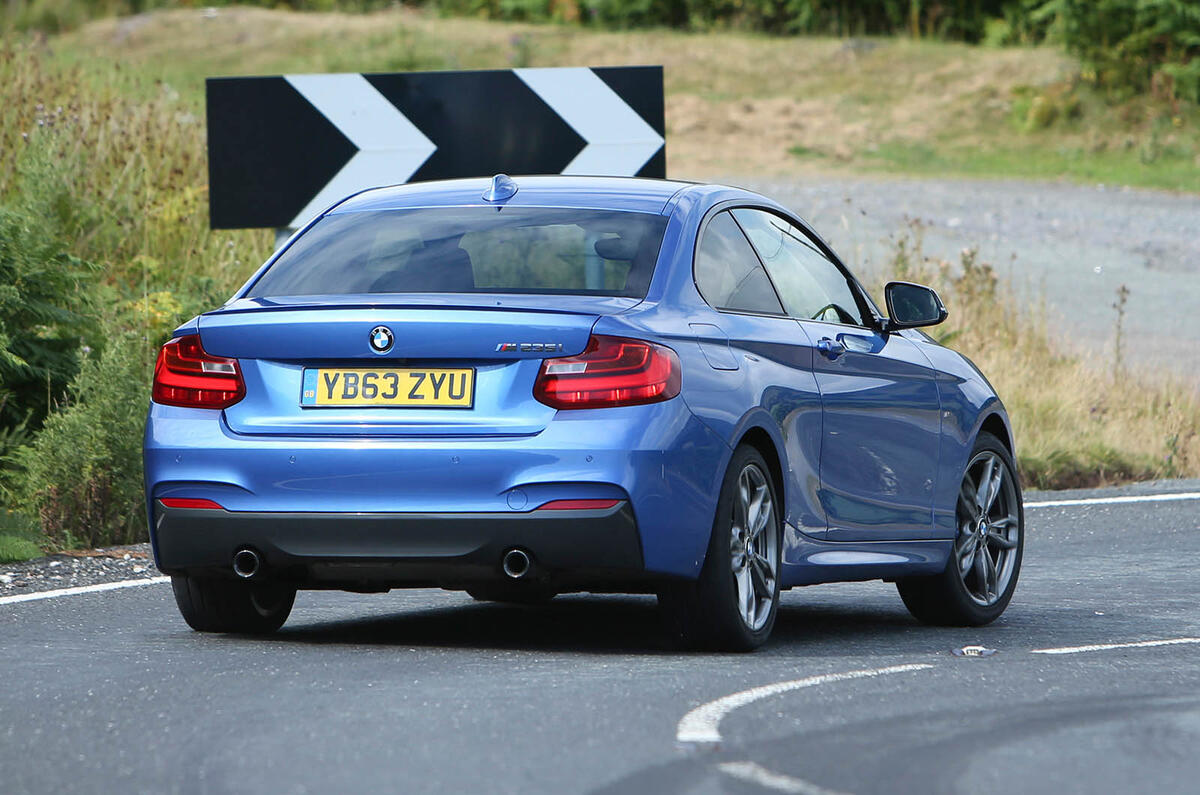
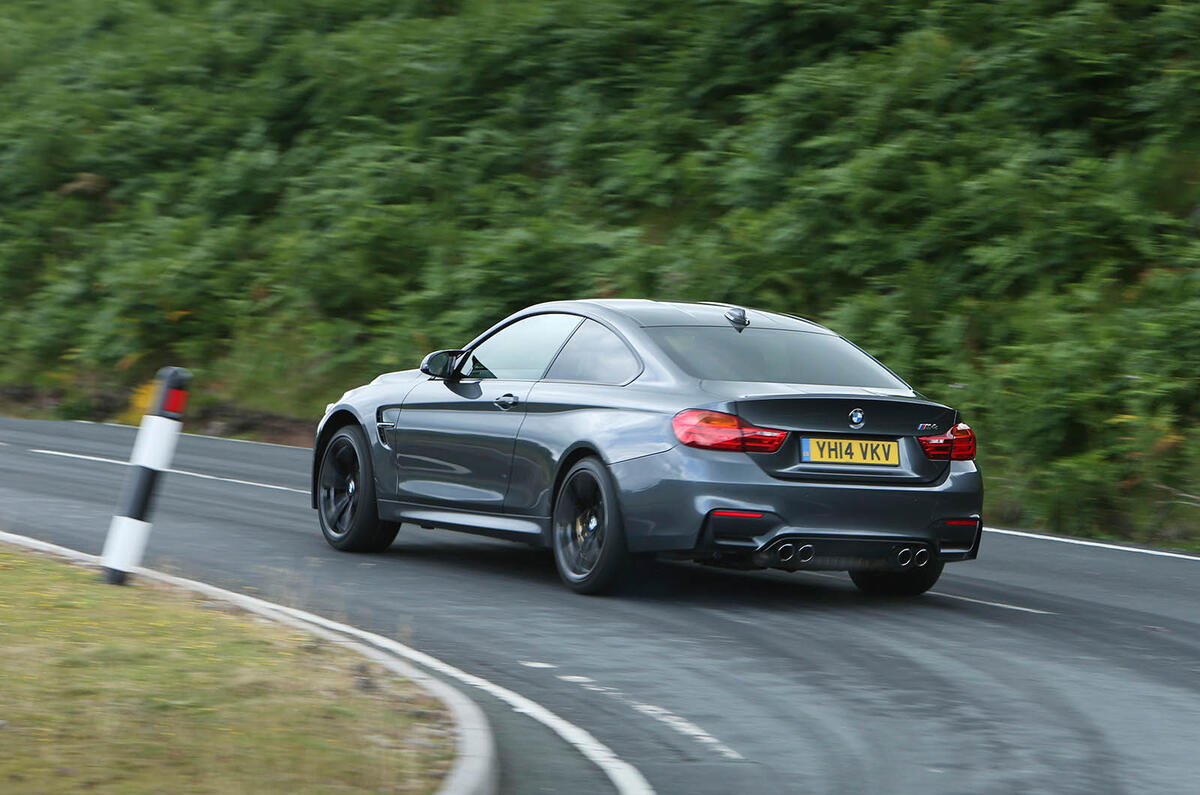
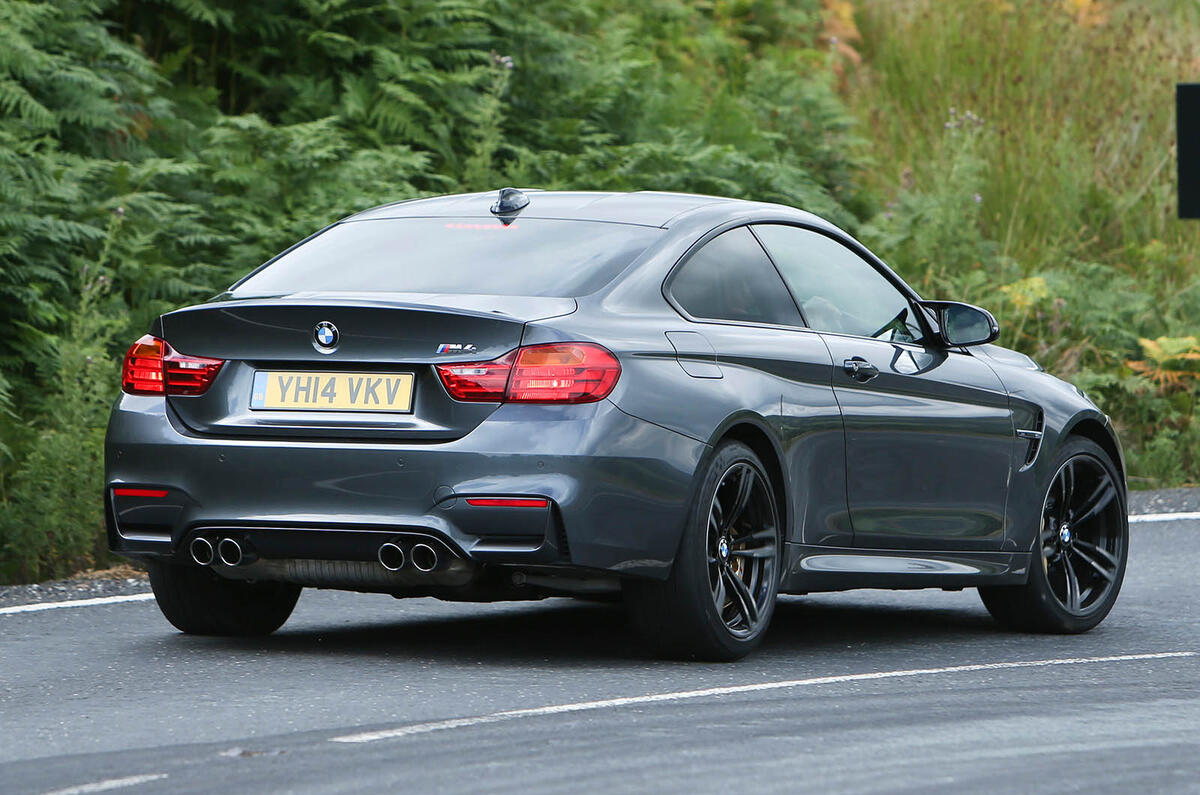
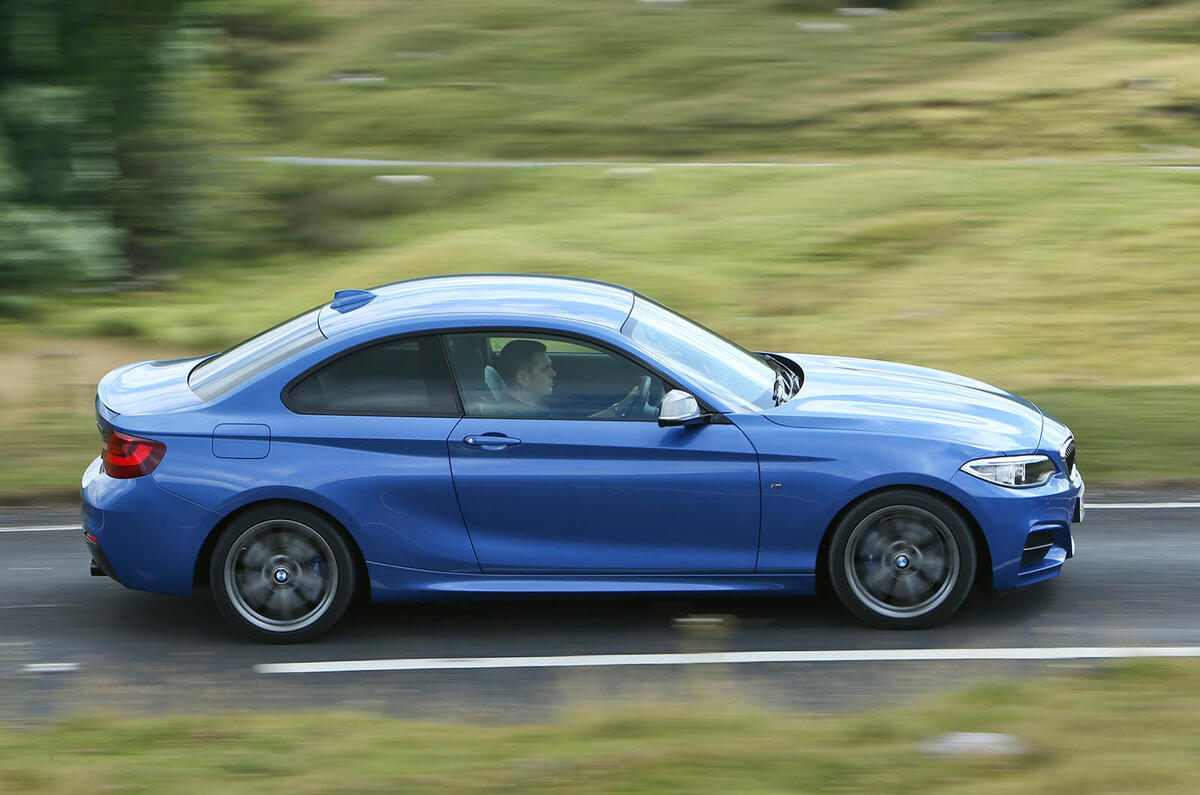
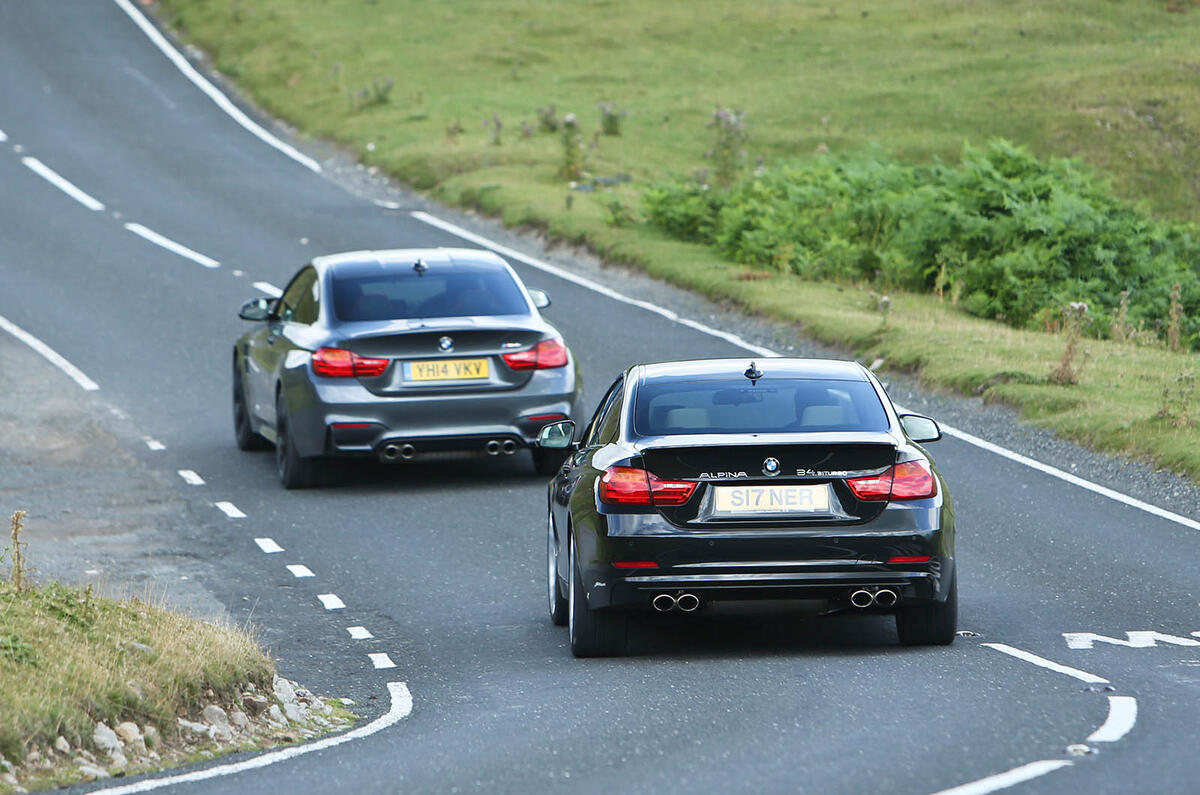
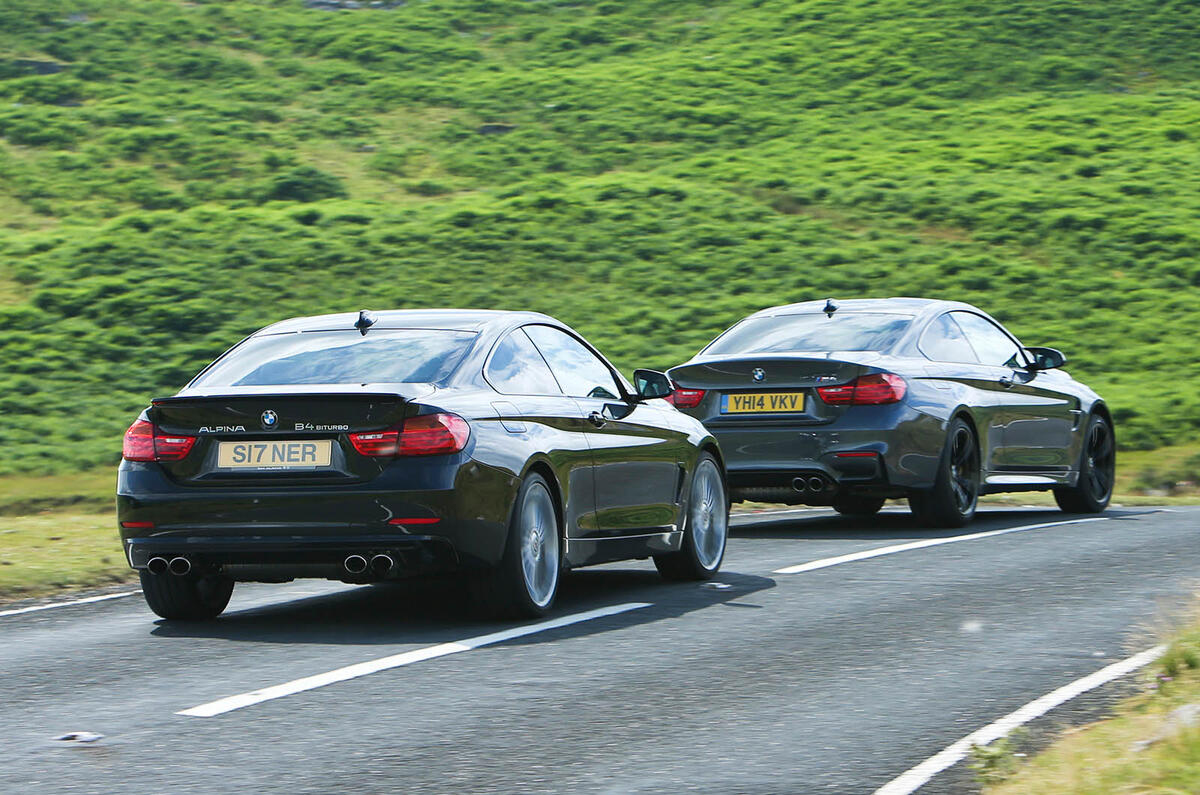
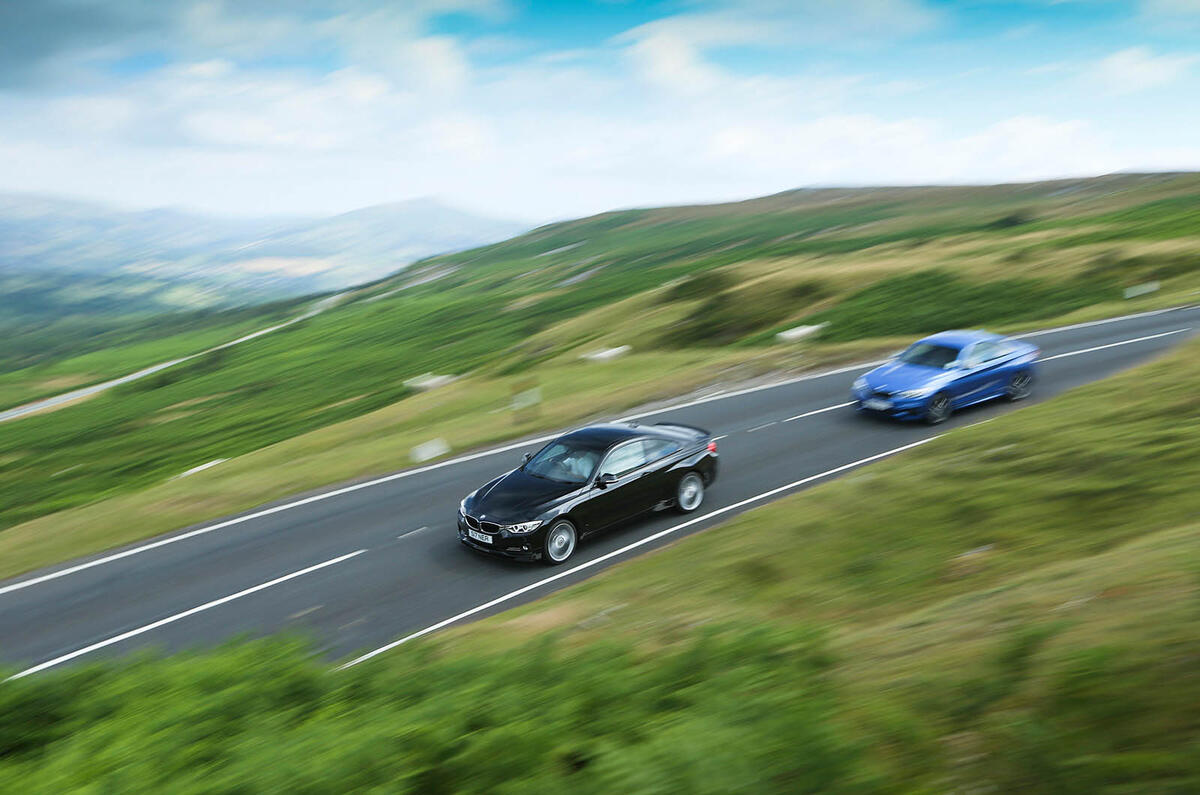
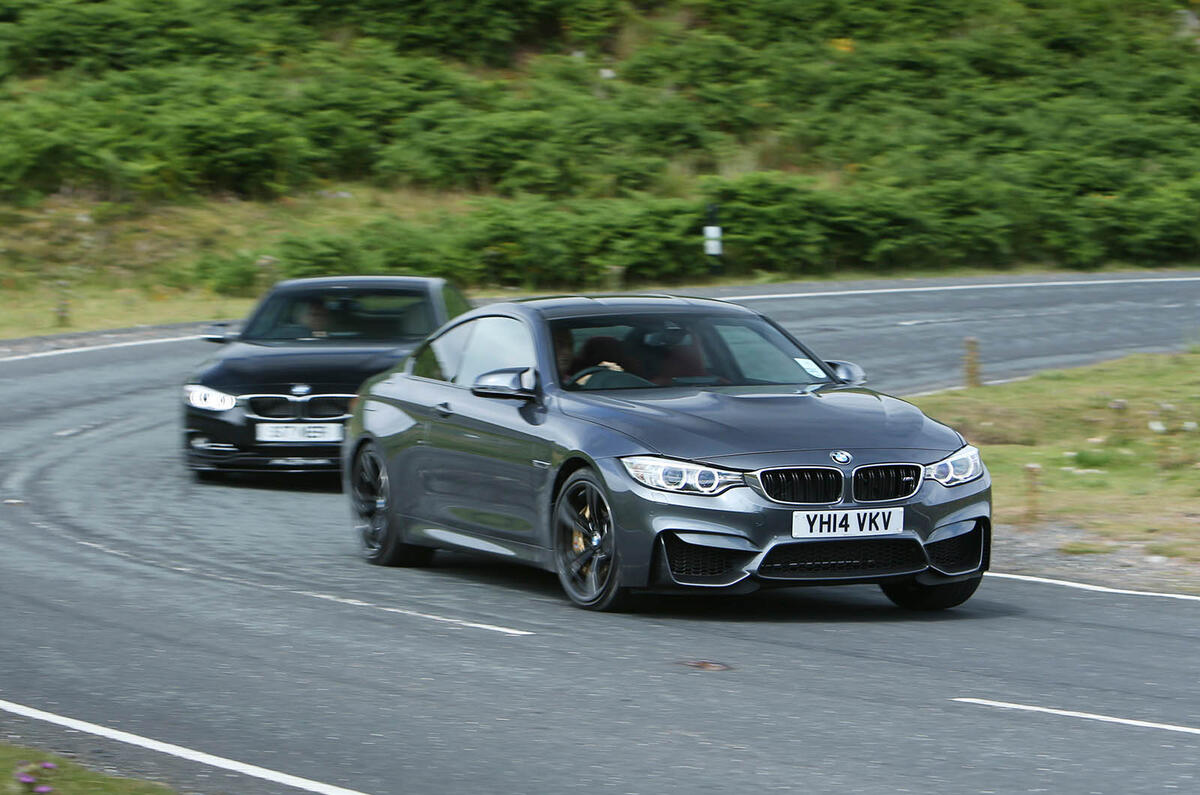
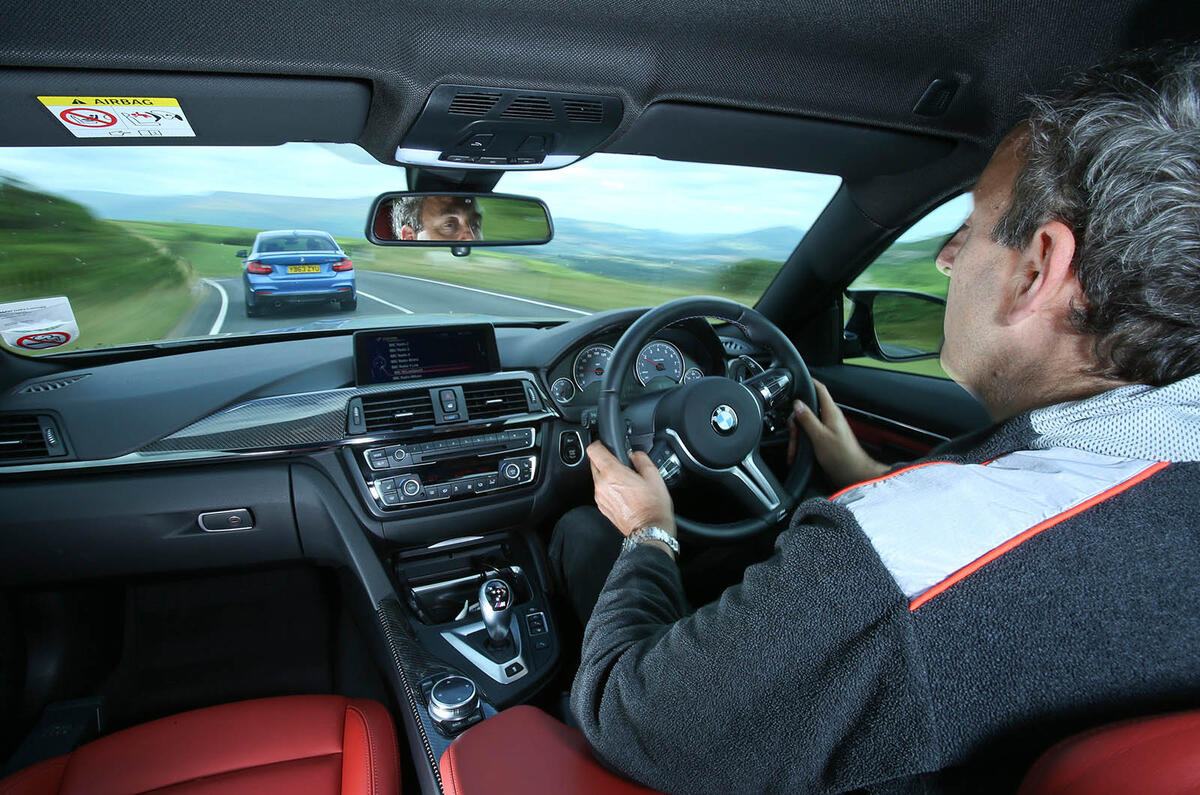
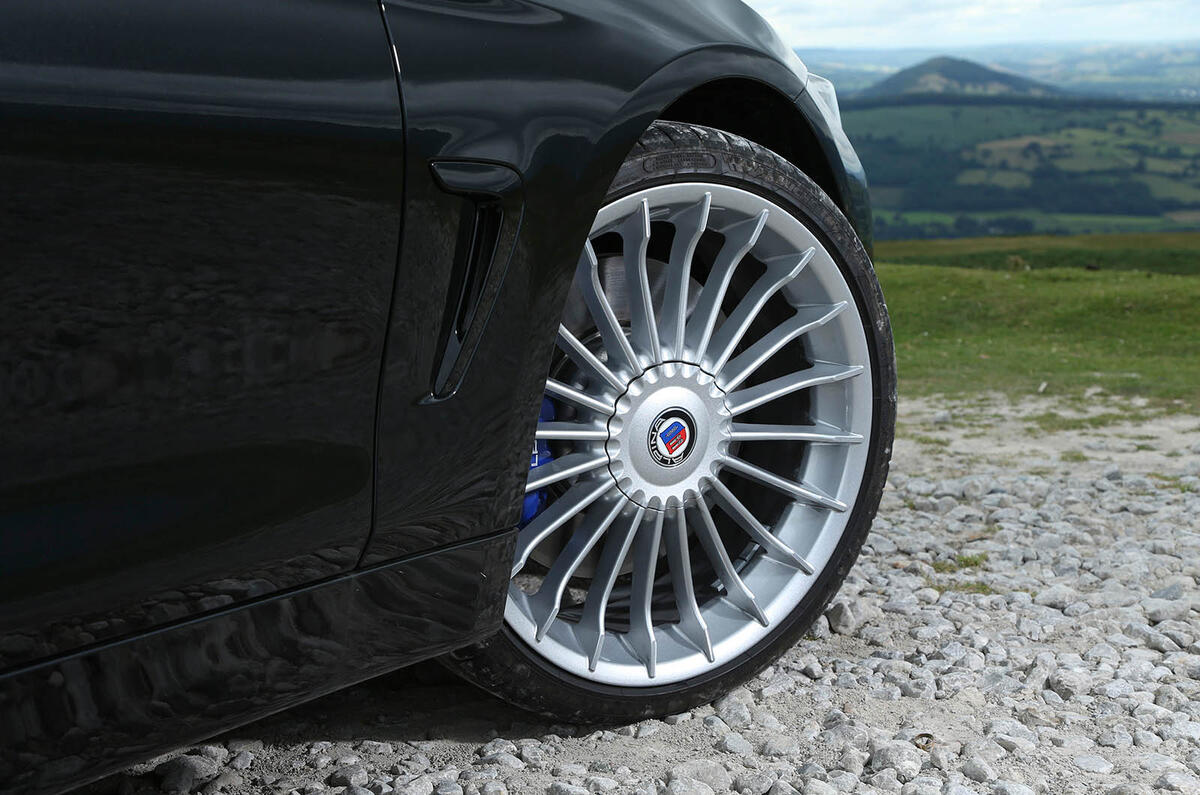
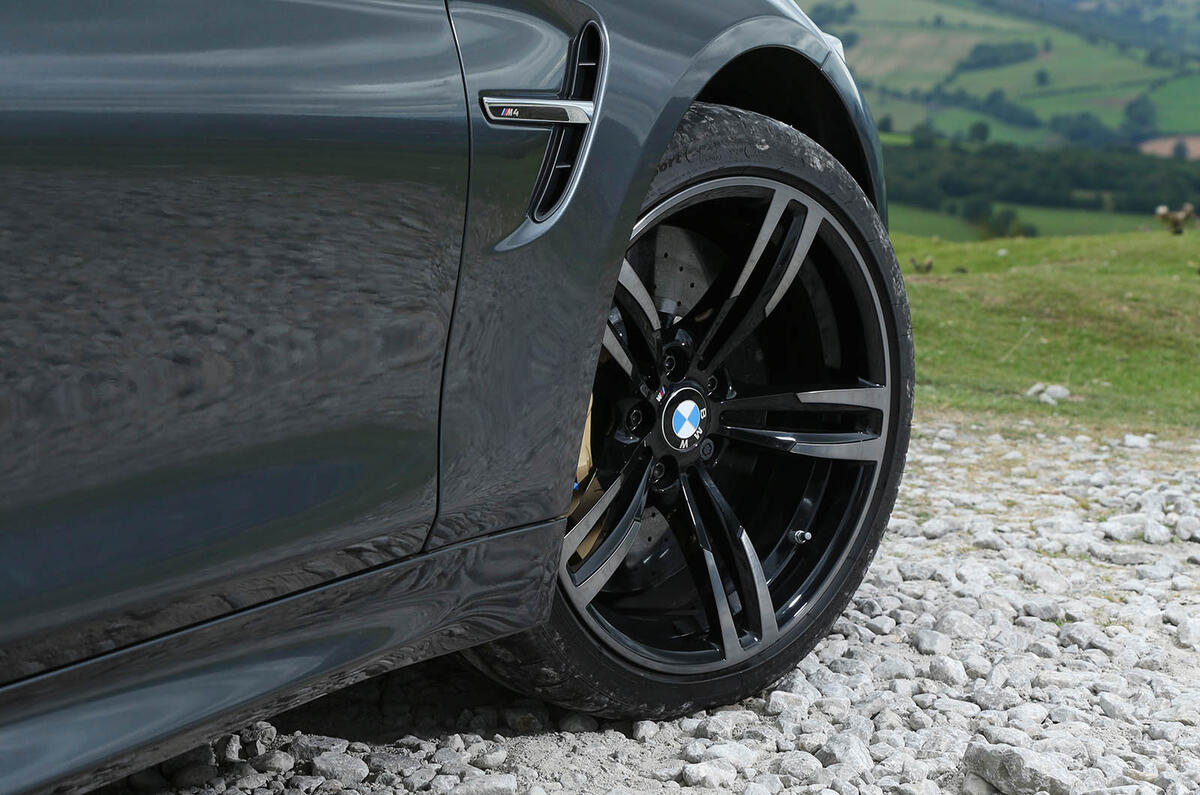

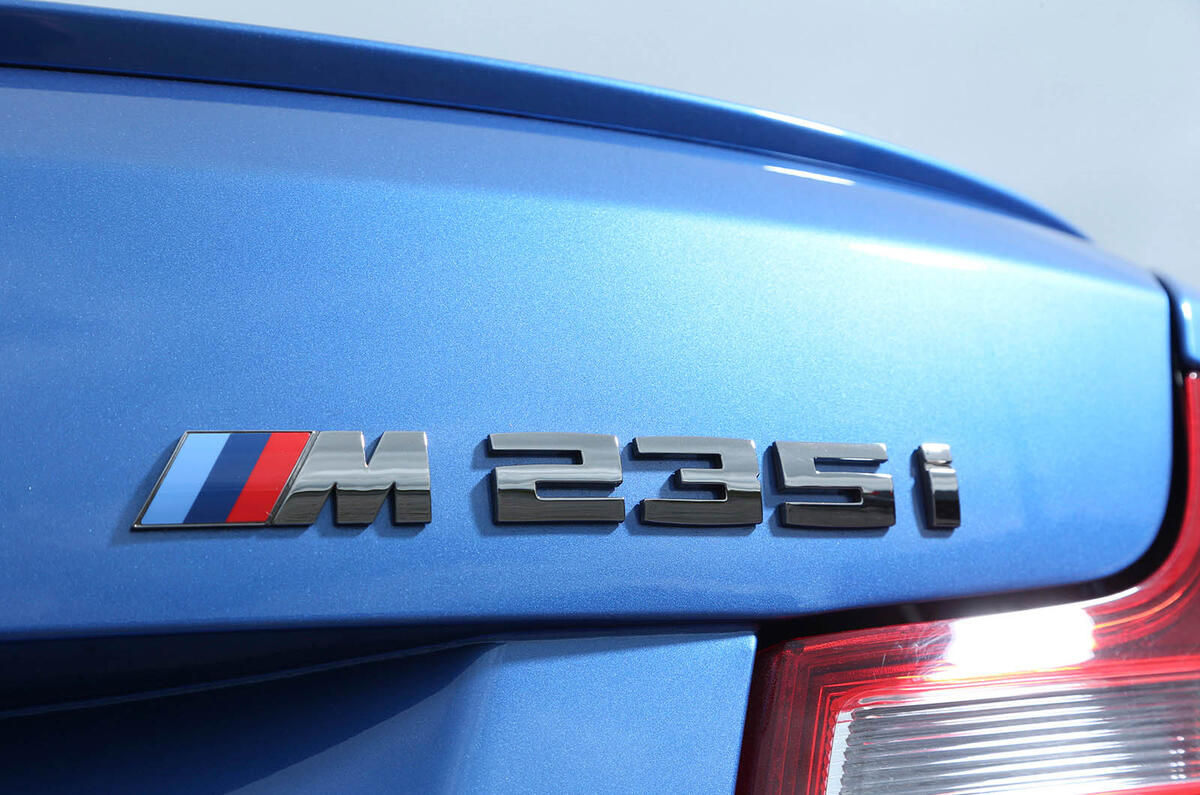
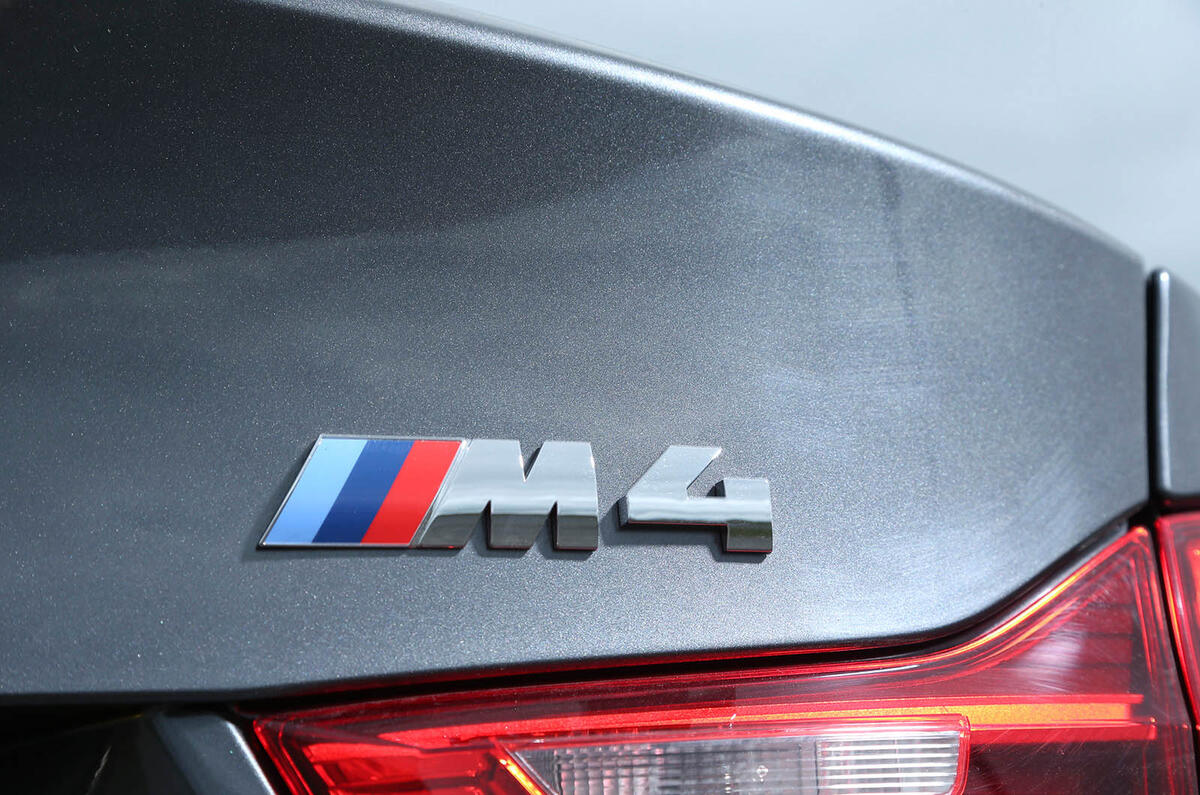
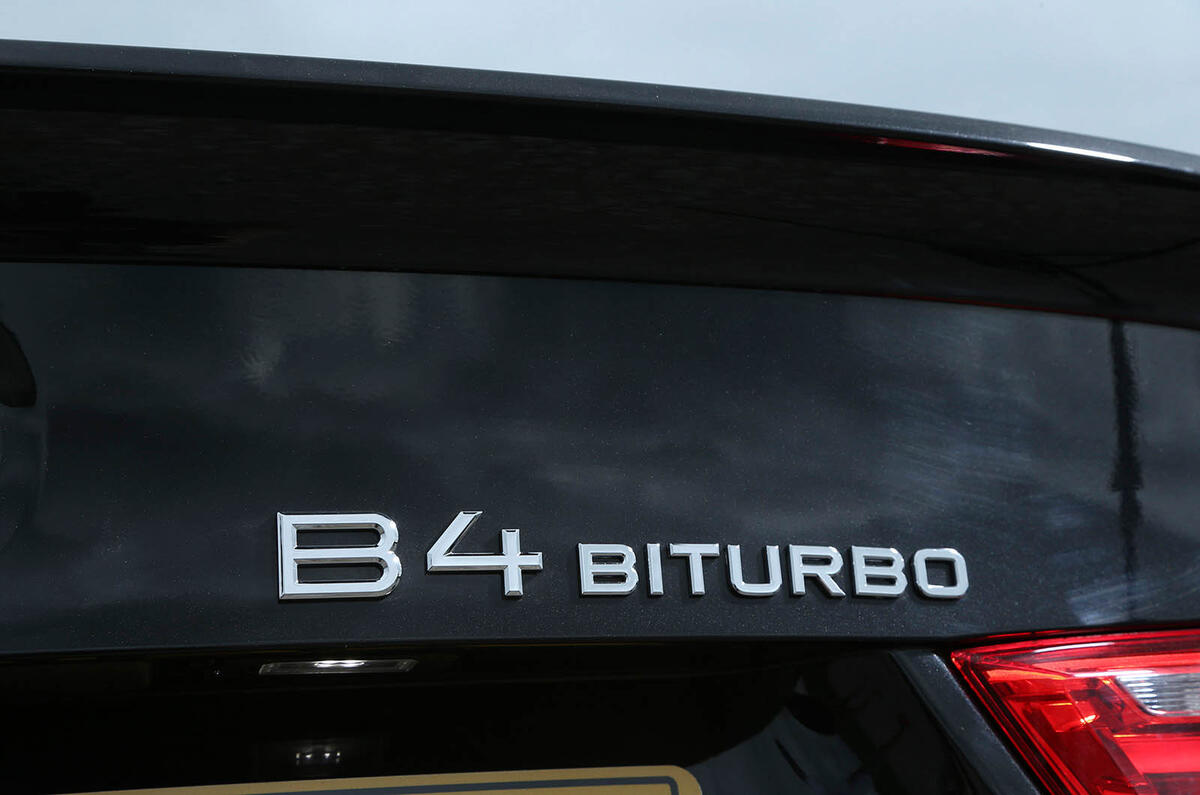


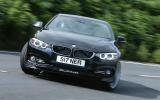
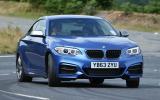
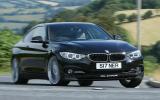
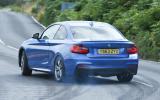
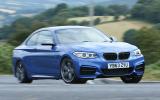
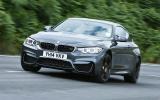

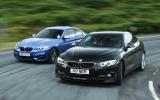


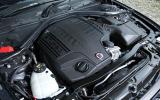
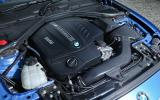
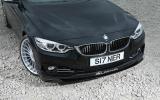
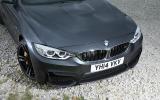

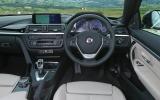

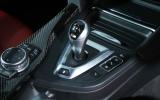
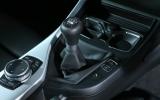
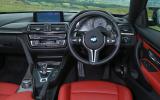




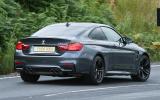
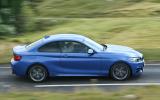






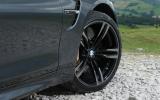
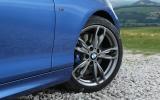
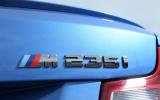
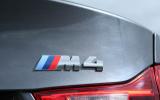



Add your comment
The article says that the
A M3 E36...
Out of the 3 it it would be